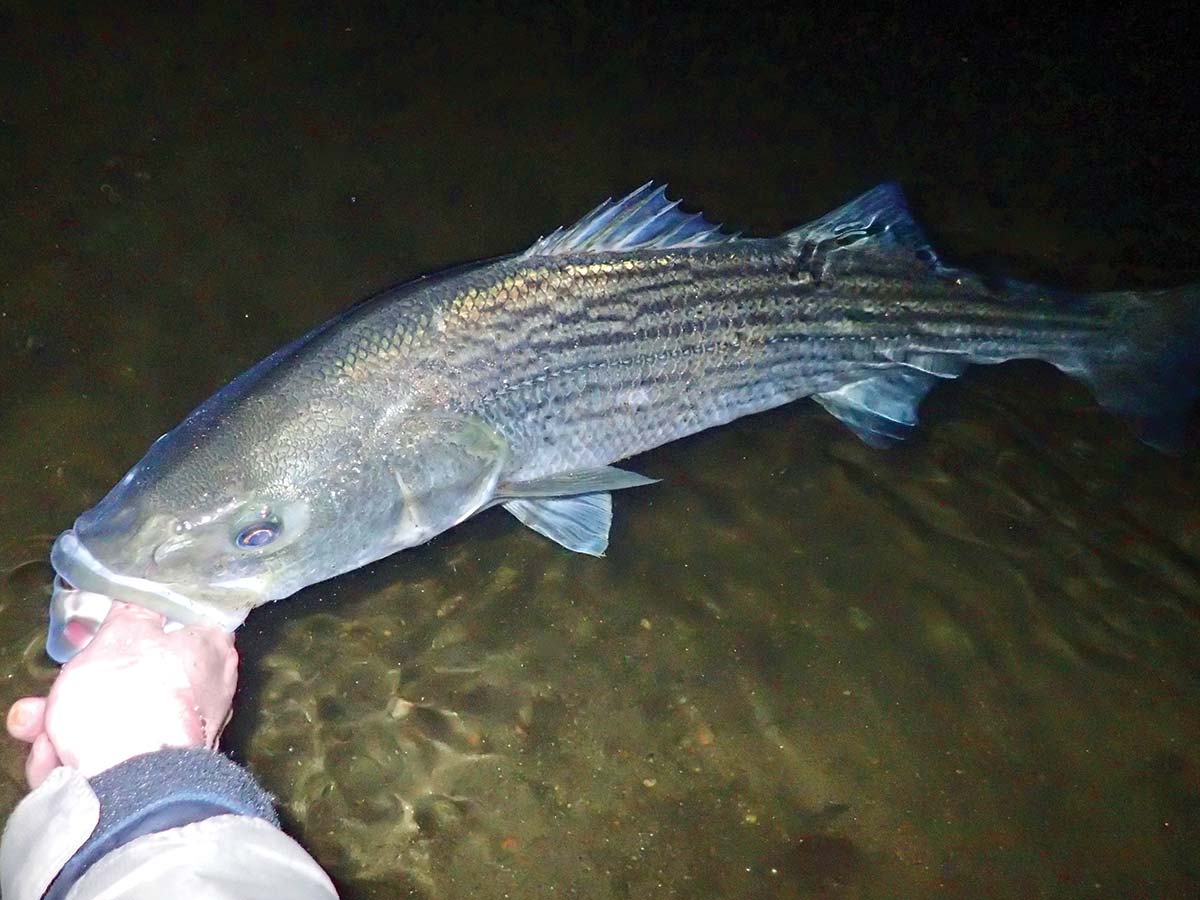
More small stuff that can mean the difference between fishing and catching.
They say that in relationships, little things are important. You know, small gestures that say, “I care.” So today, before I wrote this, I cleaned the stovetop, wiped down the kitchen counters, and swept the floor because I knew my wife would appreciate it. While these are not grand, champagne-and-flowers gestures—you might call them mundane—they nonetheless make a big difference to my wife. Hence their significance.
It’s the same with fishing.
The more time I spend on the water, the more I understand that it is the seemingly insignificant things that have the greatest impact on my fishing success. I can tell you from experience that—as with relationships—when you focus on the little things, good stuff happens. While I’m strictly a fly angler, many of the principles I talk about here apply to spin fishing, too.
Don’t fear high water. If you gave me a choice between high and low water, I’d take high every time. High water keeps fair weather anglers at home, which means more fish for you and me. For certain species (like steelhead), high water is nature’s green light, signaling them to hit the accelerator upriver. I’ve had some of my best steelheading days during high or off-color flows. Speaking of color, don’t let murky water discourage you. Fish aren’t people, and they can see things subsurface that we’d easily miss. A rising river in a rainstorm can make for spectacular action; the banks are oozing worms, and an abundance of food, aquatic and terrestrial, is being washed into the system. In high water, focus on the softer flows and seams along riverbanks—you can fish from the shore—and this is also a great time to break out the big streamers. (In the summer, I regularly hit the Farmington, my home river, after a severe downpour.) Conversely, a falling river after flood stage is another favorite time. I call it “fishing the outgoing tide.” There’s still enough color in the water to give fish the security to feed with confidence. Learn to embrace high water and you’ll catch more—and bigger—fish.
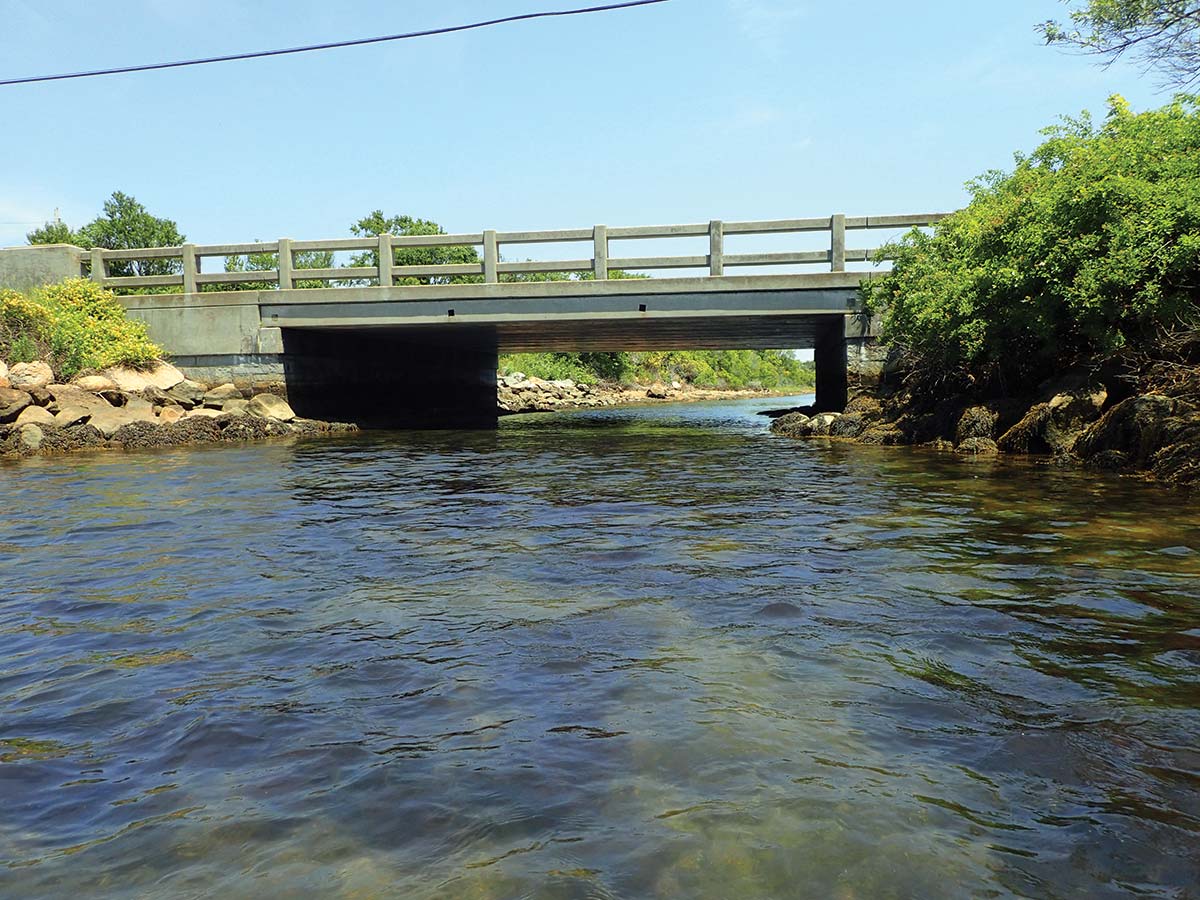
In low stream flows, fish the “hot” water. I don’t know many anglers who get excited about low water. Getting a good drift in low flows can be challenging, and the fish are usually hyper-spooky. But sometimes we’re forced to play the hand that Mother Nature deals. I’ve learned that to be successful in low flows, where you fish makes all the difference. I like to focus on what I call the “hot” water. It has nothing to do with temperature and everything to do with bubbles. I seek out the deepest moving water I can find: riffles, pockets, and plunge pools. This is the most oxygenated water, a critical factor during the dog days when many rivers run low. And if there’s any depth, the mottled surface of hot water gives fish the added security of cover. Keep in mind that low water tends to concentrate fish. So if you find one, there’s probably another nearby.
Give fussy fish a rest. It’s almost never a bad idea to put a fly on an active feeder. But sometimes, despite our best efforts, they’re just not having it. Since you cannot bore a fish into eating your fly, the first thing I do in this situation is change pattern or size. Worst-case scenario, I put the fish down. So I make a mental note of its position, and turn my attention elsewhere. Sometimes I cast to another riser; sometimes I take a cigar break and reflect upon the error of my ways; sometimes I peruse my fly box. And sometimes, after I’ve given that fish time to resume feeding, he attacks my next offering like he hasn’t eaten in weeks. I see this drama play out multiple times during a season.
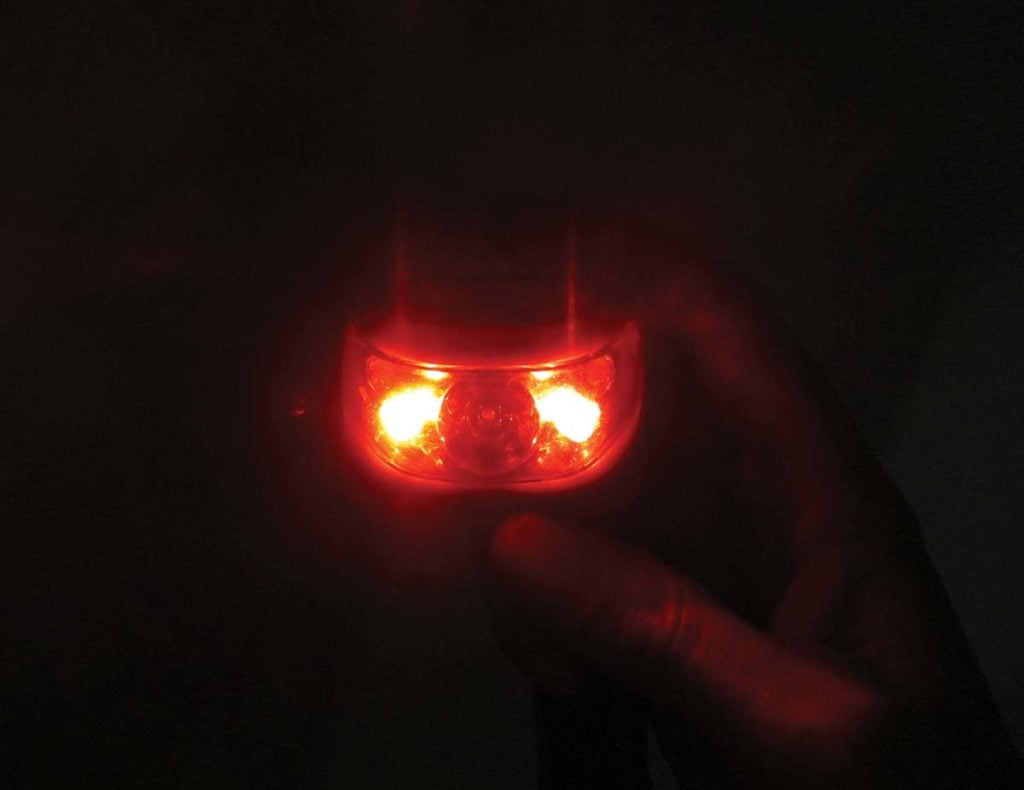
Set your drag for that first run. “The lesson is repeated until it is learned.” All of my kids grew tired of hearing me say that, but sometimes dad the angler should take his own advice. So after I lost a steelhead on its first run—again!—due to a drag set way too tight, I resolved: no more. Any time you’re fishing with a light tippet for a species that is capable of blistering runs (steelhead, albies, bonefish) make sure the drag is tight enough to make the fish earn every foot of line, but loose enough that it won’t pop the tippet or hook. You can tighten the drag once the battle gets underway.
Courtesy counts. Syl Nemes wrote, “If one is not an absolute grouch, he will invariably meet other fisherman along the trout stream who, from strangers, will turn into friends.” He’s right. I once tossed a cigar to a guide on New York’s Salmon River as he floated past me in his drift boat. He’s now one of my best fishing friends. So, how does common courtesy help you catch more fish? If you have a spiritual side, think karma. If you’re the more pragmatic type, think about gaining access to that honey hole. Never barge into an occupied mark; that only pisses people off. Rather, ask if you can join them. I can’t tell you how many times a smile and a polite request has opened up a spot for me in popular, prime water. And in the case of my Salmon River friend who happens to float the river every day, I need only make a phone call to get the latest intel on the current hot bite locations.
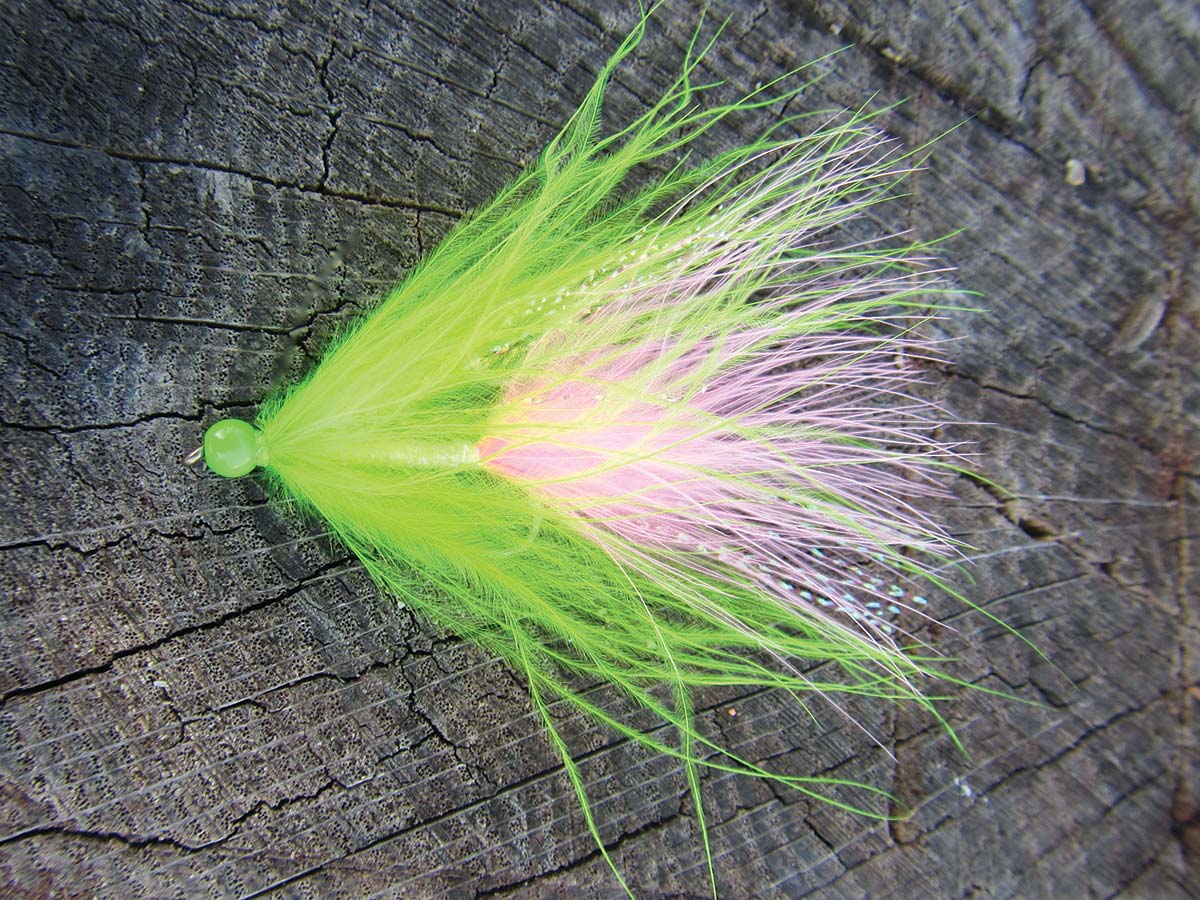
Find the right line for your rod. I’m always surprised by the number of anglers who treat what’s printed on the rod blank as gospel. Yet many times I see my clients struggling to cast, and when I give their rod a test cast, even I have trouble with the setup. Sometimes it’s a casting mechanics issue, and other times the answer is simply going up a line weight or two. Which line makes the rod sing in your hands? Which line makes casting a pleasure instead of a chore? Find that line, fish it and be happy. The Casting Police are ever vigilant on internet forums (I like to drive them crazy by fishing a nine-weight line on a five-weight rod for stripers) but they have no real power over you. Fish don’t care which line you use with what rod.
Expensive equipment won’t make you a better angler. It’s not the equipment. It’s how you use it. If you gave me the world’s most expensive high-tech golf clubs and handed Rory McIlroy a set of 60-year-old blade irons he’d still easily kick my butt. So, if you must have the latest and greatest rod, reel, waders, line—whatever—by all means, go for it. But consider the viewpoint of guide, author, and former Fly Fishing Team USA member George Daniel. “I’m 100% more tactics than equipment,” he says. “The difference between a $400 rod and an $800 rod is miniscule. I would rather spend the difference on lessons to develop good technique.”
Fish under bridges. I always smile when I see a sign that says “No Fishing From Bridge.” I know it’s for safety’s sake, but I can’t help thinking that the person who posted it knows what I know: the water beneath that bridge is incredibly productive. There are many reasons why bridges are a great place to fish. They are frequently situated on pinch points of a river or estuary, concentrating bait and fish; the water beneath them is often deeper than surrounding areas; bridge abutments provide structure; and lights from bridges attract bait and create shadow lines at night. Of my personal list of honey holes, a high percentage of them are at or near bridges. Daniel feels that bridges are a fish magnet because they provide fish with a blanket of security, much like an undercut bank. He fondly recalls the sage advice he once received from his mentor, the legendary Joe Humphries: “Never leave the bridge hole, George.”
Sometimes the answer is not a dry fly. You arrive at your favorite pool and the surface is simmering with rising trout. It’s the dream of every dry fly angler. But sometimes that dream turns into a nightmare: refusal after refusal, even to your most capable dry fly presentations. Before you give up, take a closer look at the feeding pattern. Do you actually see the trout taking flies on top of the water? Are the rise forms leaving a bubble on the surface (meaning the fish has broken the membrane between water and sky)? If not, there’s a good chance the trout are on emergers. Try a dry that sits low in the water, like a comparadun, or Fran Betters’ classic The Usual. If that doesn’t work, a wet fly might. Soft hackles and wingless wets dead drifted on the surface, in the film or on a mended swing just below the surface will often turn frustration into joy.
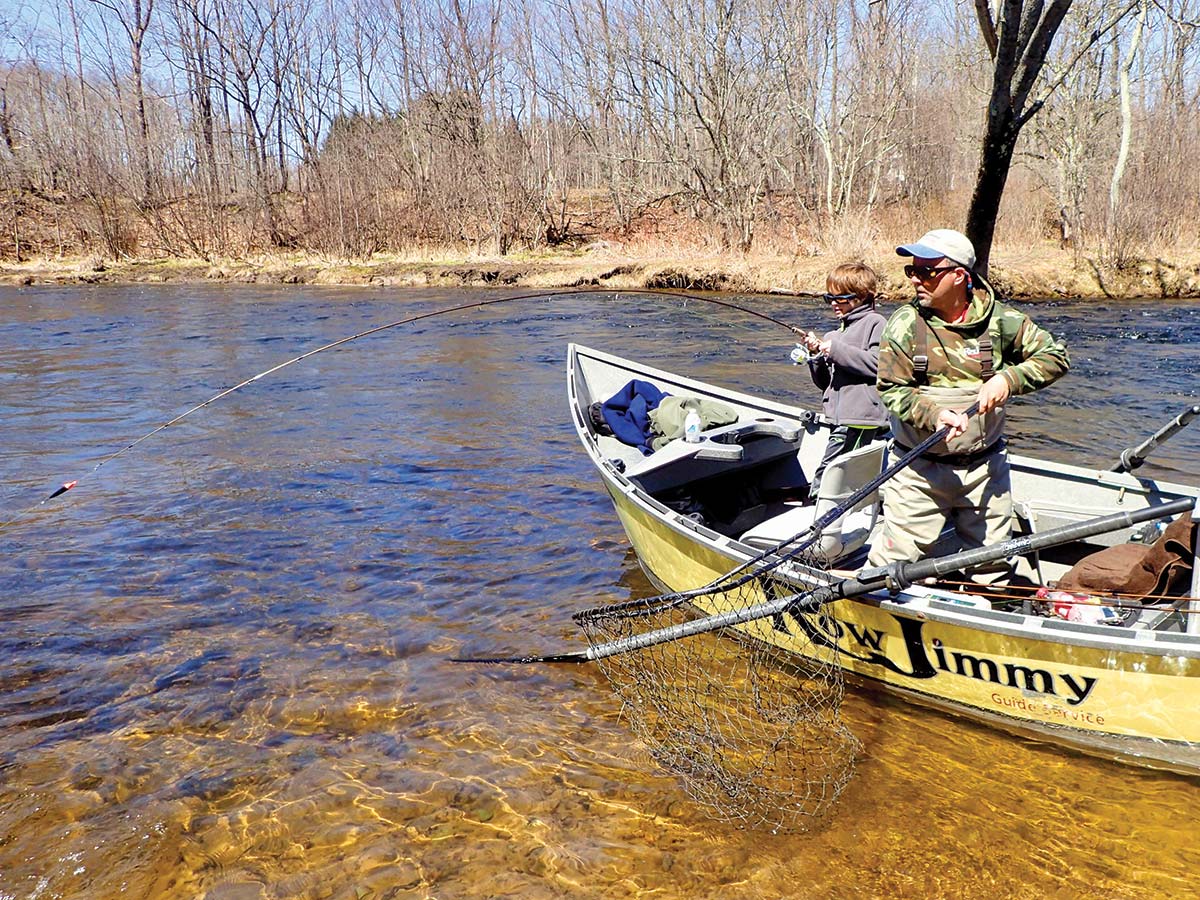
Know what your subsurface fly is doing. It’s easy to make adjustments to your dry fly drift. There it is, flowing in perfect harmony with the foam line, or dragging unnaturally and killing your presentation. Things get a little more complicated underwater. I suspect many anglers don’t know the depth or speed of their subsurface fly or lure. For example, if you’re nymphing and you’re not catching and you’re not occasionally getting snagged on the bottom, you’re not getting your fly deep enough. If you’re fishing a streamer on the swing and you’re not mending—or you’re unable to mend, as is the case with an intermediate line—the belly in the line is causing the fly to whip down and across at an unnatural speed. That doesn’t mean you can’t catch fish; there’s a village idiot in every pool. But you’ll only be catching the fish that are willing to chase. Daniel suggests this method to determine what your streamer is doing. “Take your favorite pattern, tie it in a bright, obnoxious color, and fish it. You’ll be amazed to see what level and direction your fly is moving. You’ll learn a lot by changing the leader length, retrieve, and type of fly line, and that will allow you to really dial in your presentations.”
Tie your own flies. There was a time when I didn’t tie, and looking back I believe that my fishing suffered because of it. I’d read about a pattern that intrigued me, but I was always at the mercy of fly bin stocks at my local shop or what I could find online. Not anymore. Now I can match the hatch or bait to my exact specifications, try cool new patterns, and build a supply of hard-to-find flies like traditional soft hackles or large flatwing streamers. Tying your own flies also makes you a more well-rounded angler; and well-rounded anglers catch more fish. Besides, tying flies is fun. Syl Nemes said, “If you have never tied flies before, I urge you to start immediately. The practice is exhilarating.”
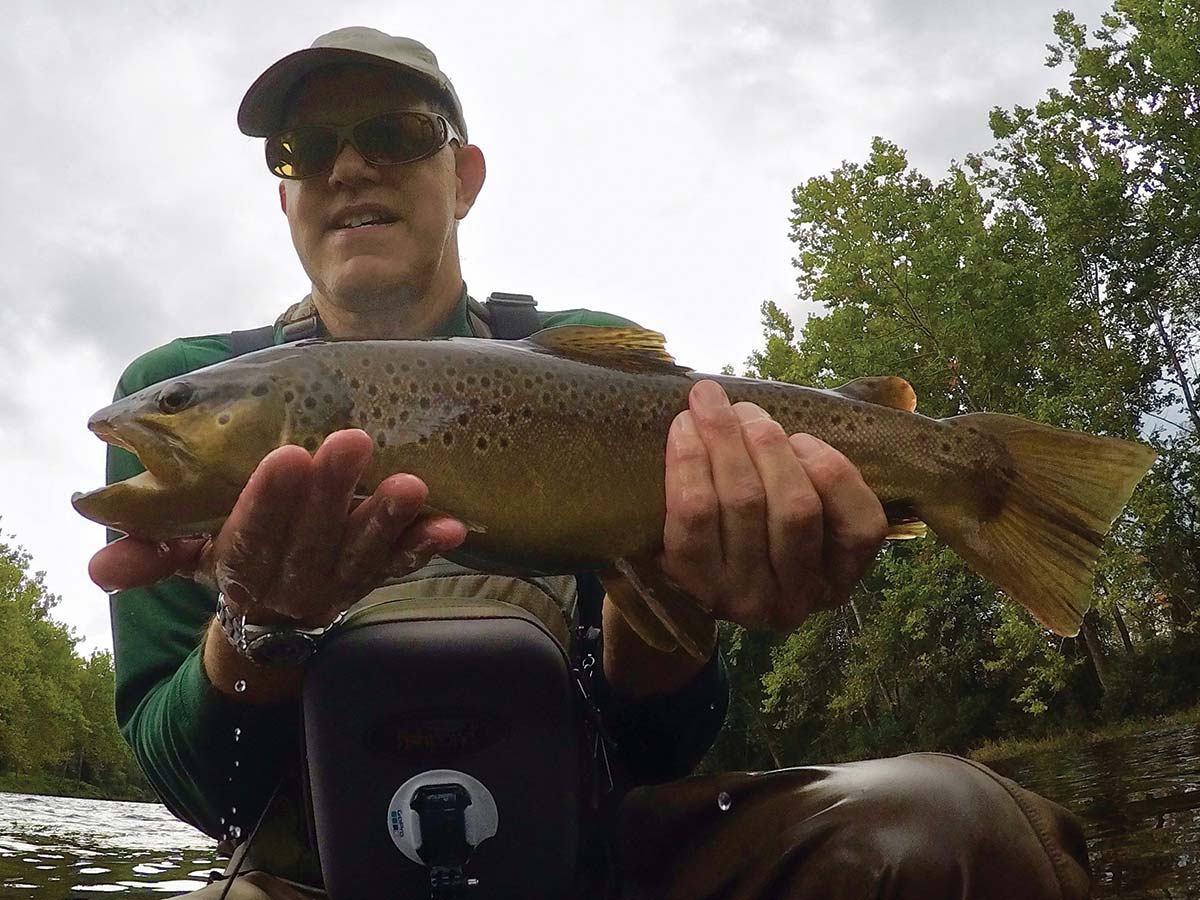
Nighttime is the right time. Ray Charles sang it. And if you’re looking to be with the one you love—those big trophy fish—you should be living it. Nighttime is when gator browns go on the hunt, and cow striped bass venture inshore to feed. And here’s the best part: the majority of anglers are home in bed. Nighttime is ideal for fishing larger flies, surface flies, or noisy flies; anything that screams wounded baitfish or drowning mammal. You’ve heard the old saw, “Black flies at night,” and in certain conditions black flies are a prime choice. But olive, yellow, white, and dozens of other colors and combinations also work at night. A red headlamp is essential gear; white light spooks fish and will wreak havoc on your pupils. If your quarry is a trophy brown, avoid a hair trigger hook set when you feel that initial bump. Browns will often hit to stun before administering the coup de grace; and if you set too early you’ll come away with nothing. Wait to feel the weight of the fish, then strip set. Not all areas are open to night fishing, so be sure to check the local regs. Absolutely, positively know a spot cold before you wade it at night. Carry a compass. Never fish treacherous water in the dark. Wear PFD. And fish with a friend if you can.
Confidence catches fish. At any given moment, my best fish-catching patterns are the ones in which I have the most confidence. That’s why I almost always tie a fly (or flies if it’s a dropper rig) to my leader before I leave my house. I already know what’s likely to be in the water; I know which seasonal patterns and sizes have brought me the most success; and I know that if I believe in what I’m fishing, and how I’m fishing it, I’m going to be a happier—and more successful—angler.
Steve Culton is an outdoor writer, speaker, guide, and fly tyer who lives in Connecticut. His website is currentseams.com.


